The natural park of Grazalema is known for its many natural mountain springs, streams, river sources and fountains. Water in the Grazalema natural Park has always been extremely valuable to the local population with shepherds and hunters knowing where the wells and natural springs were, especially the precious ones that never dried up even through the heat of a long summer.
These men and women were able to set off into the Sierras with a small leather pouch which they refilled as they walked instead of having the burden of several litres in a rucksack which would slow their pace.
Grazalema is the wettest place in Spain? Read about the weather in Grazalema over at Wildside Holidays: https://wildsideholidays.co.uk/the-weather-in-grazalema/

The location of such water sources has been passed on from generation to generation and the springs have been cleaned, maintained and protected, a tradition which still survives amongst the older generations.
Without maintenance a source of water would quickly become overgrown through the summer, as it enables plants to flourish when otherwise they would have died back. On the other hand winter storms and heightened flow would have made access more difficult.
The enormous respect which is shown towards water probably dates back to Roman and Moorish times. The Romans built a network of aqueducts in the area, many of which are still in use and known as “acequias”. The Moors updated the acequias and also brought with them a great knowledge of “water management” in dry, hot climates. They perfected the art of irrigating vegetable gardens and orchards so increasing and extending the harvest. They even went so far as to add water elements to architecture, to cool down, sooth and please.
Grazalema´s fuentes, the village water springs, were relied on for cooking, drinking, laundry and cleaning. These fountain-like constructions are quite often beautifully adorned and equipped with a stone sink or a long trough. The edges are often visibly worn out through the centuries of clay jugs, heavy with water, being dragged out of the fuente.
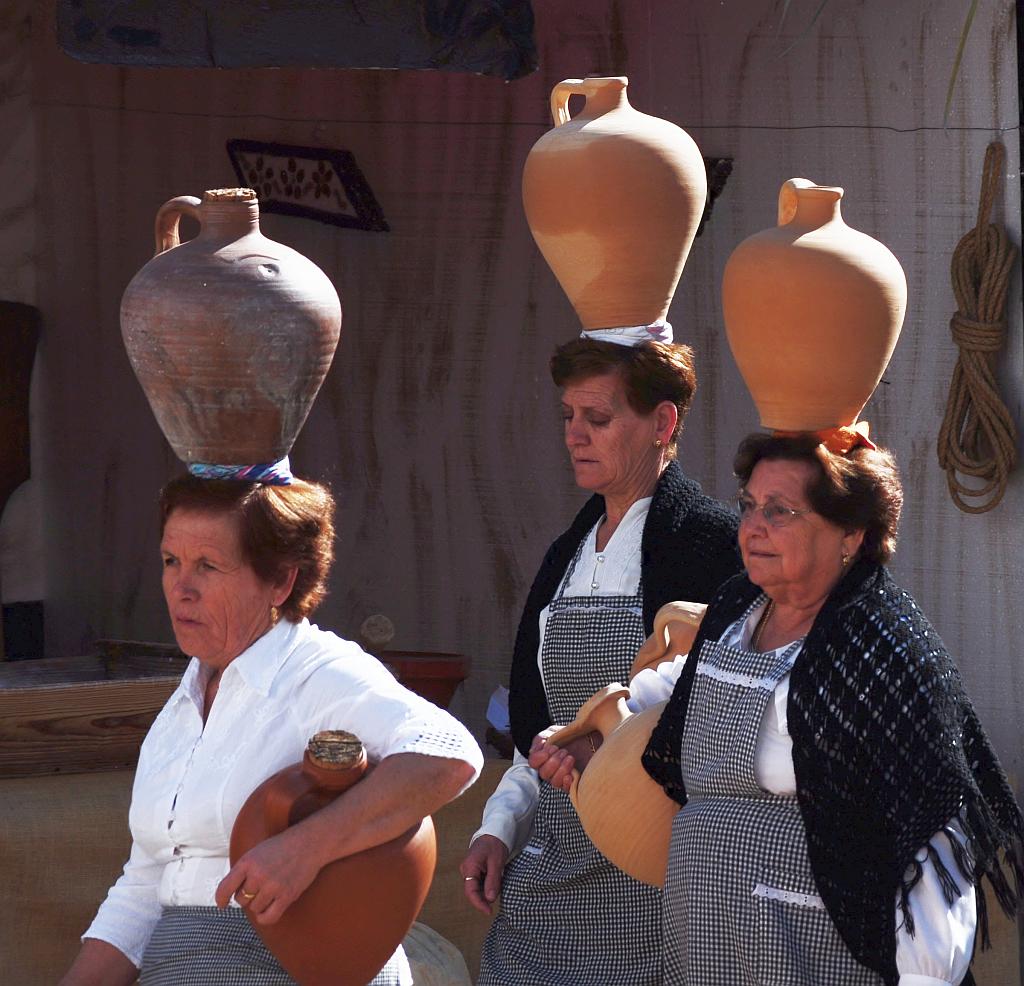
Water was used very sparingly as to supply a large family for their daily usage was a labour intensive task. During the winter there would be ample ice cold water projecting from the spouts, but during late summer this could reduce to a mere trickle.
Rain water is also preserved in the high mountains in carved recipients created in the rock and are called pilónes in Spanish. These holes gather and retain rainwater and then are carefully covered with loose flat rocks to prevent wild animals and farm animals from polluting the water source and still let the rain trickle in. In order to let the animals drink, pilones will often have a separated puddle away from the human watering hole. The pilón will often have a small tin cup attached to the rock, secured with a piece of string or wire. It is considered good manners to keep the cup clean and ready for the next thirsty visitor.
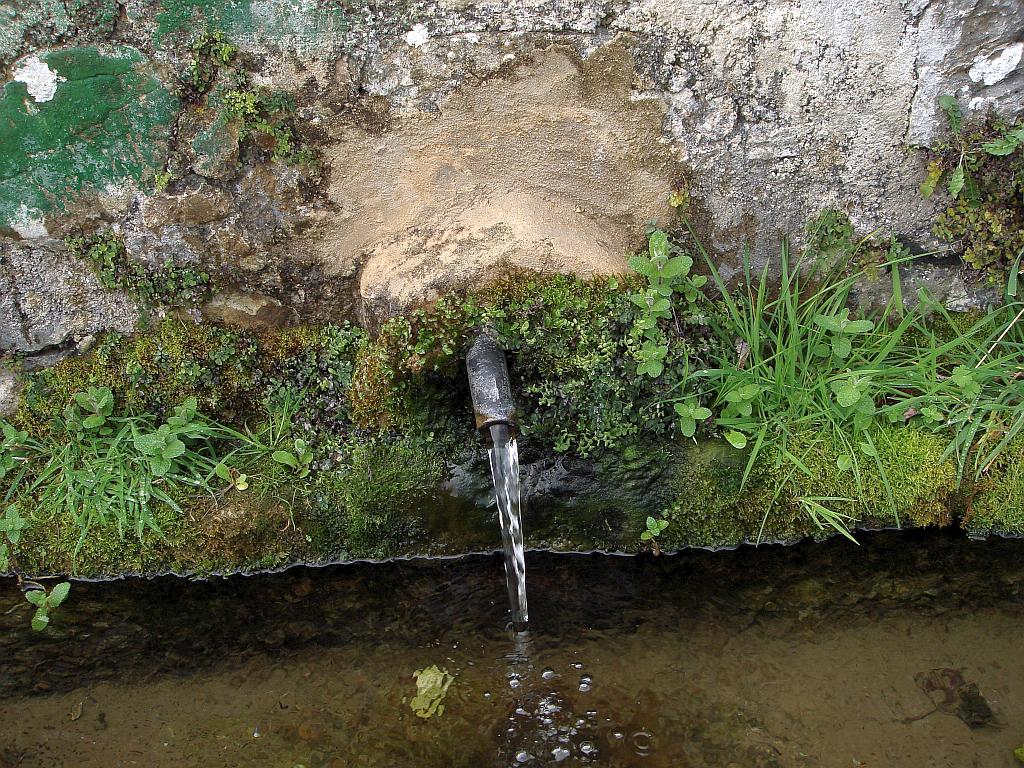
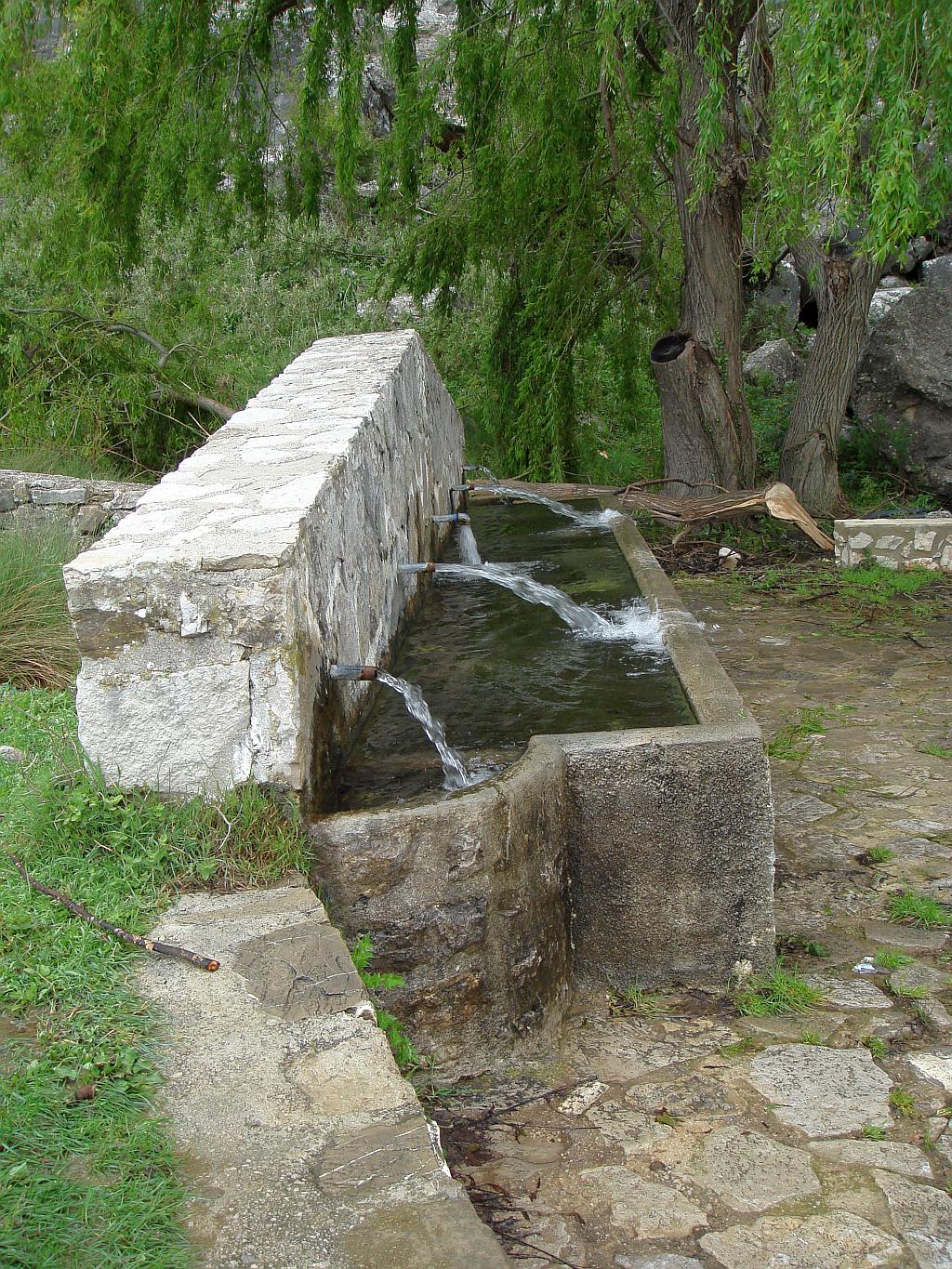

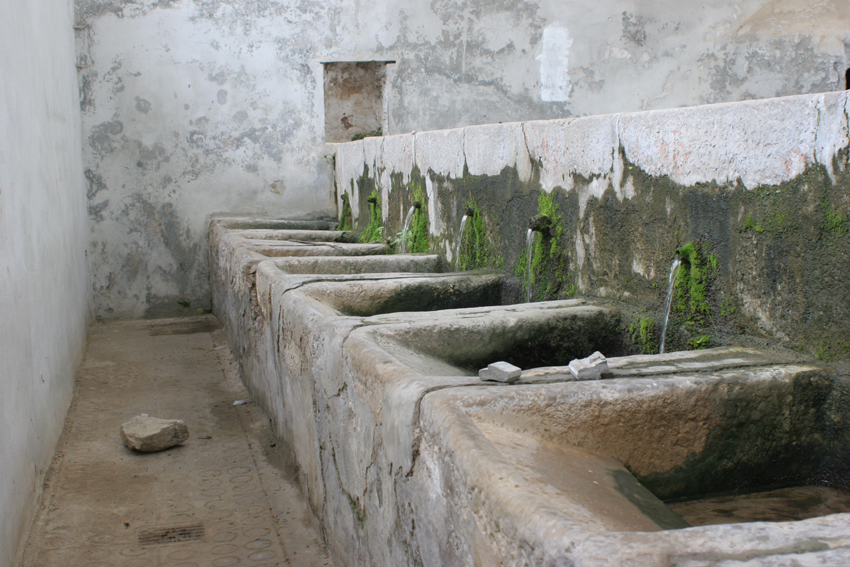
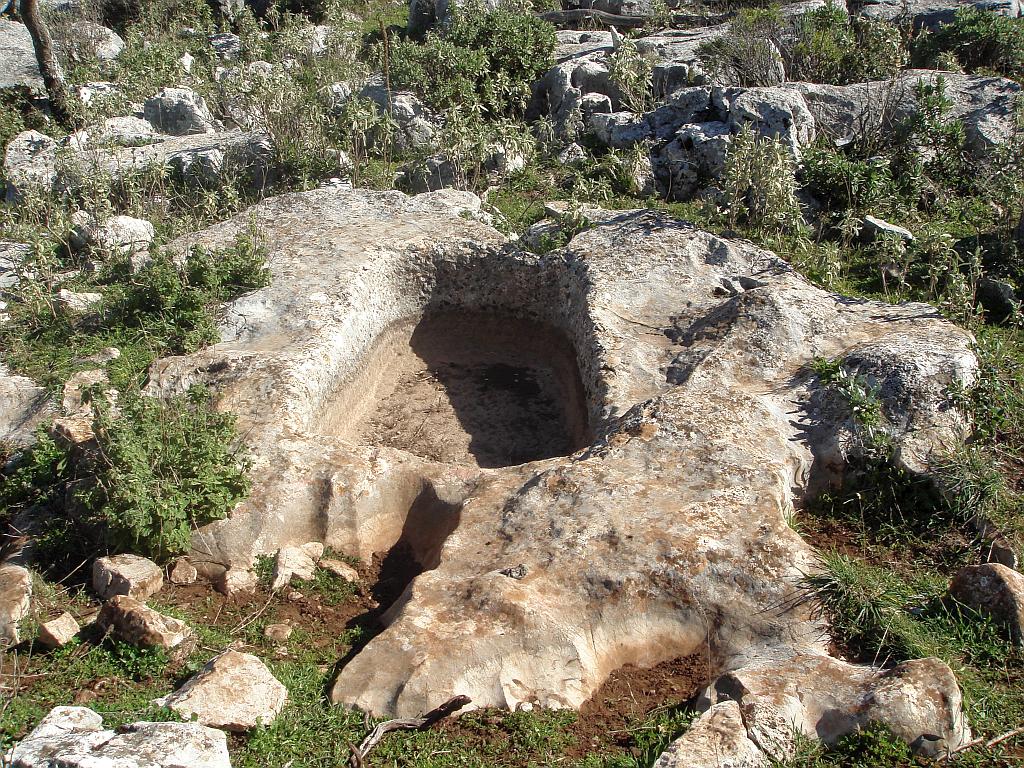

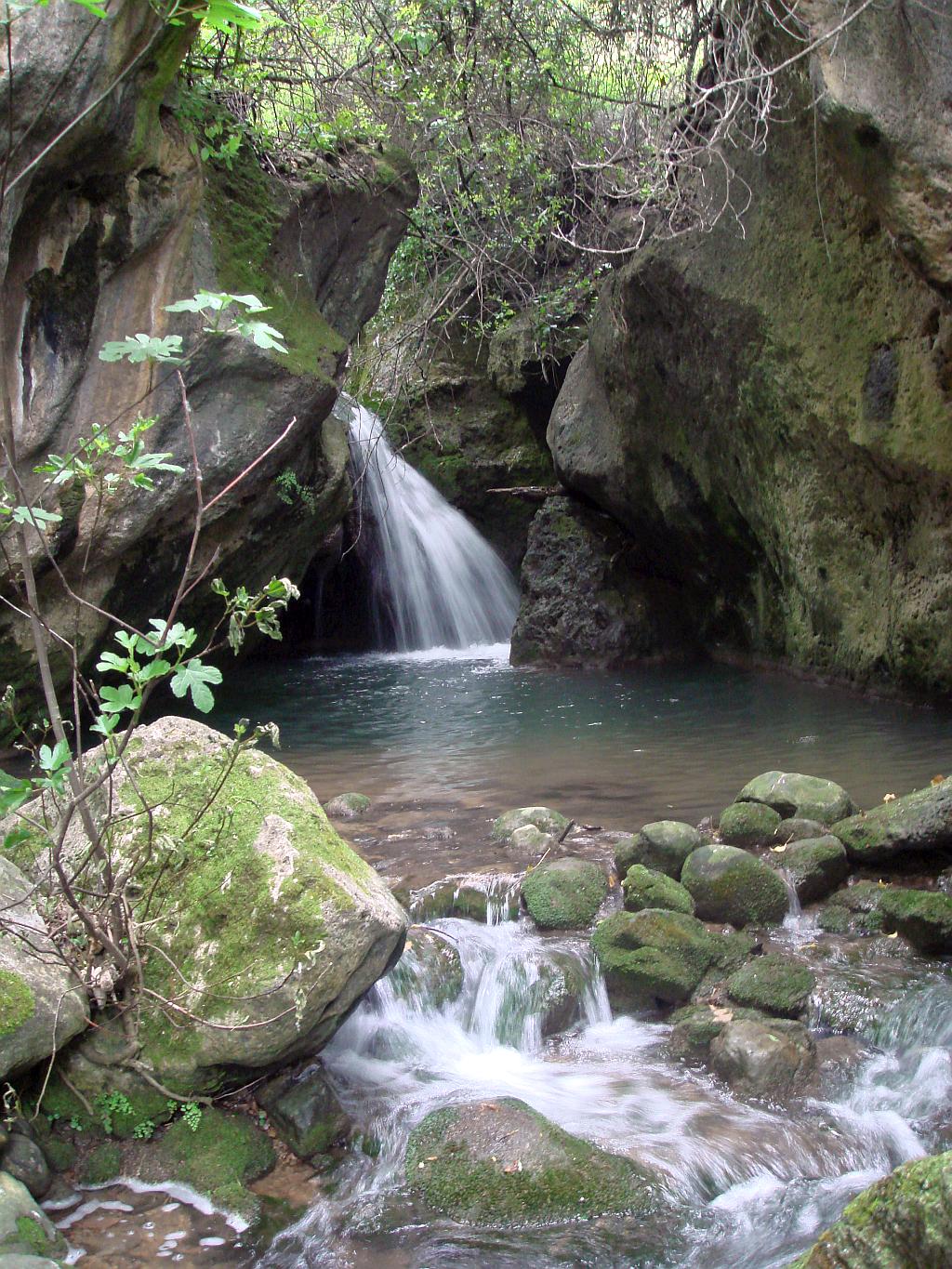
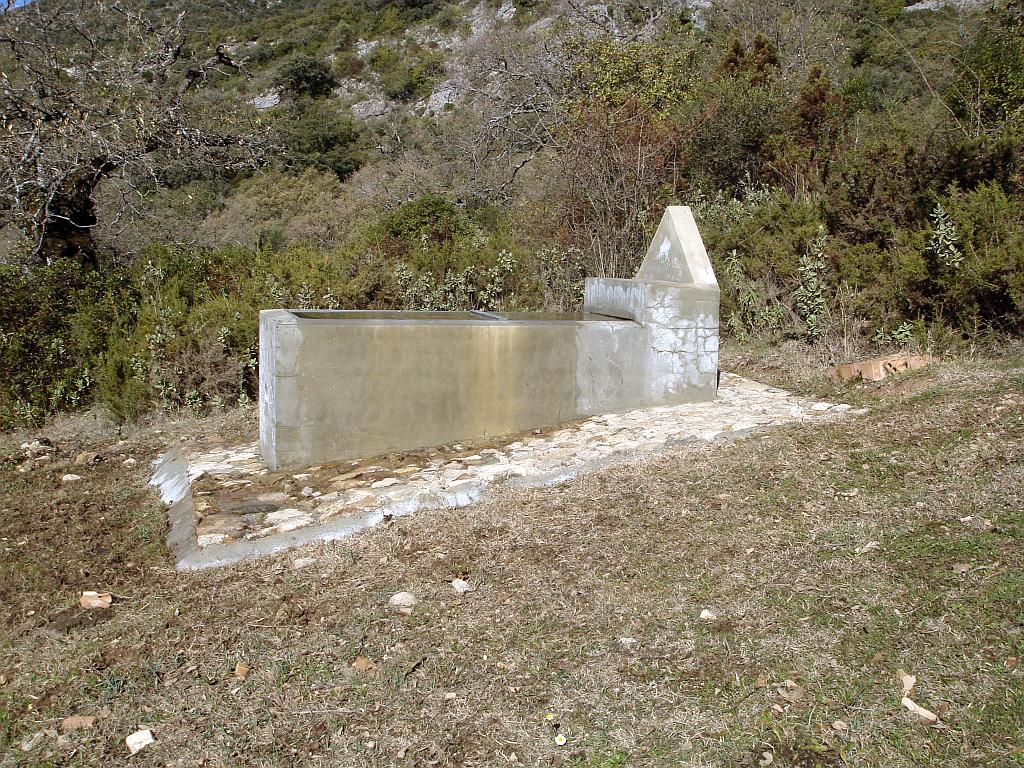
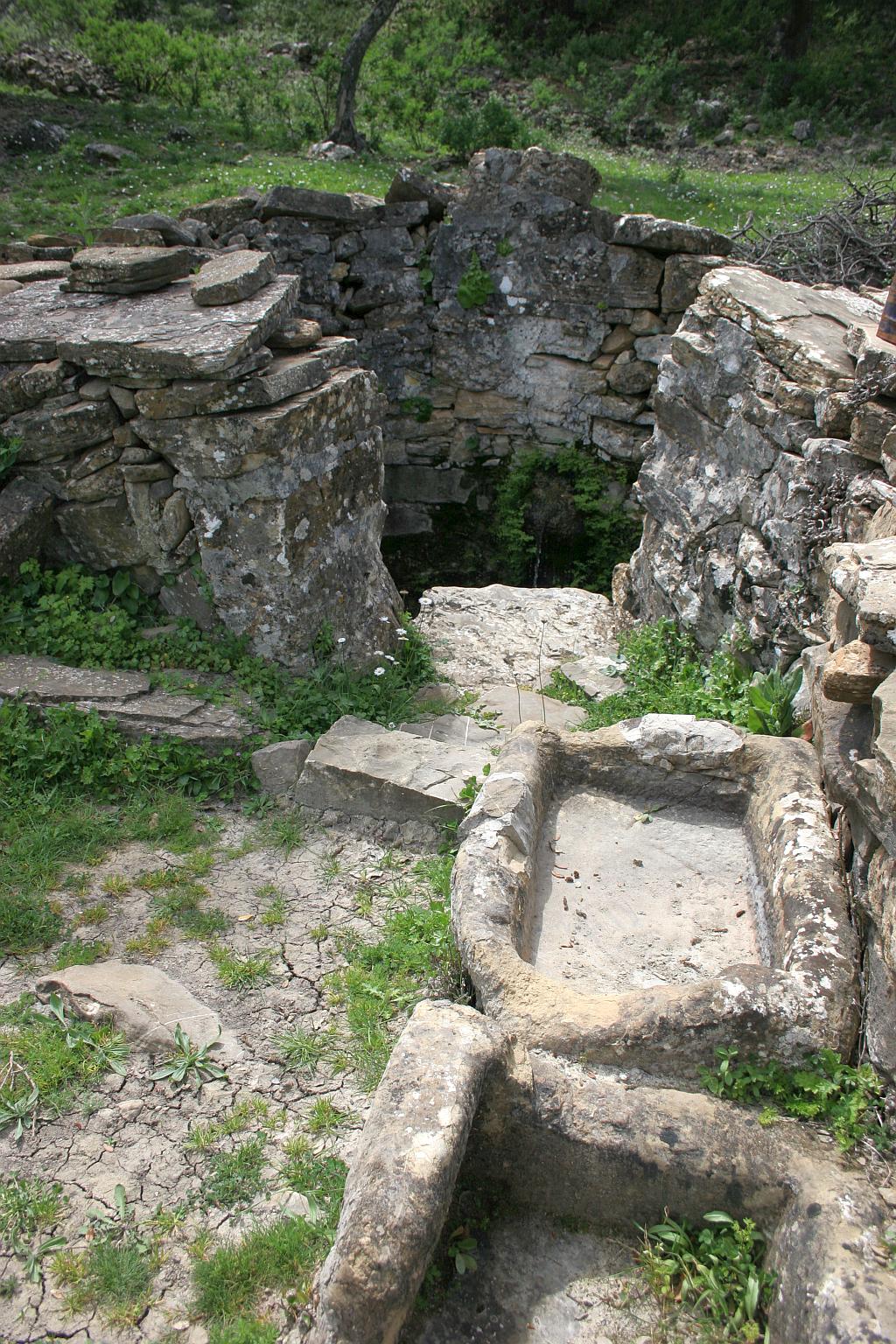
You will see “potable” and “no potable” signs on the various water springs and fountains found in Grazalema and other villages of the natural park area. According to recent regulations, the only potable water source legally speaking is the water tested and treated for human consumption, i.e.: from the tap or a water bottle. Of course, it is safest drinking bottled water or tap water. However, if you need to drink from a natural spring, it is essential to drink at the very source to get the cleanest water possible.
Some Andalucían water vocabulary
- Arroyo – stream
- Acequía – from Arabic sāqiyah – to irrigate. Irrigation channel.
- Cántaro – clay water jug
- Fuente – this can be either a natural spring in its “wild state” or a village one turned into a fountain
- Lavadero – a water spring directed into a wash-house with dedicated sinks for soaping up and rinsing clothes.
- Nacimiento – literally “birth”. Source of a stream or a river.
- Pilón – stone recipient adjacent to a fresh water spring or a rain-gathering depression carved into a rock
- Pileta – water trough
- Chorro – an open water spout which flows naturally
- Grifo – a tap for treated water
- Agua de grifo – tap water
- Una botella de agua – a bottle of water
Ronda Today
Everything you need to know before you visit Ronda “The city of dreams” in Andalucia. https://www.rondatoday.com/
Wildside Holidays – Spain
Take a trip on the Wildside! Discover the wildlife and nature of Spain, its Natural and National Parks and find the top wildlife, activity and walking holiday companies.
I’ve been living in this lovely area of Western Andalucia for the last 20 years or so and dedicate most of my time to the running of English language tourist information websites for the towns of Cádiz, Ronda, Grazalema, the famous or infamous Caminito del Rey, and also Wildside Holidays, which promotes sustainable and eco-friendly businesses running wildlife and walking holidays in Spain. My articles contain affiliate links that will help you reserve a hotel, bus, train or activity in the area. You don’t pay more, but by using them you do support this website. Thankyou!

One thought on “Water in the Grazalema Natural Park”